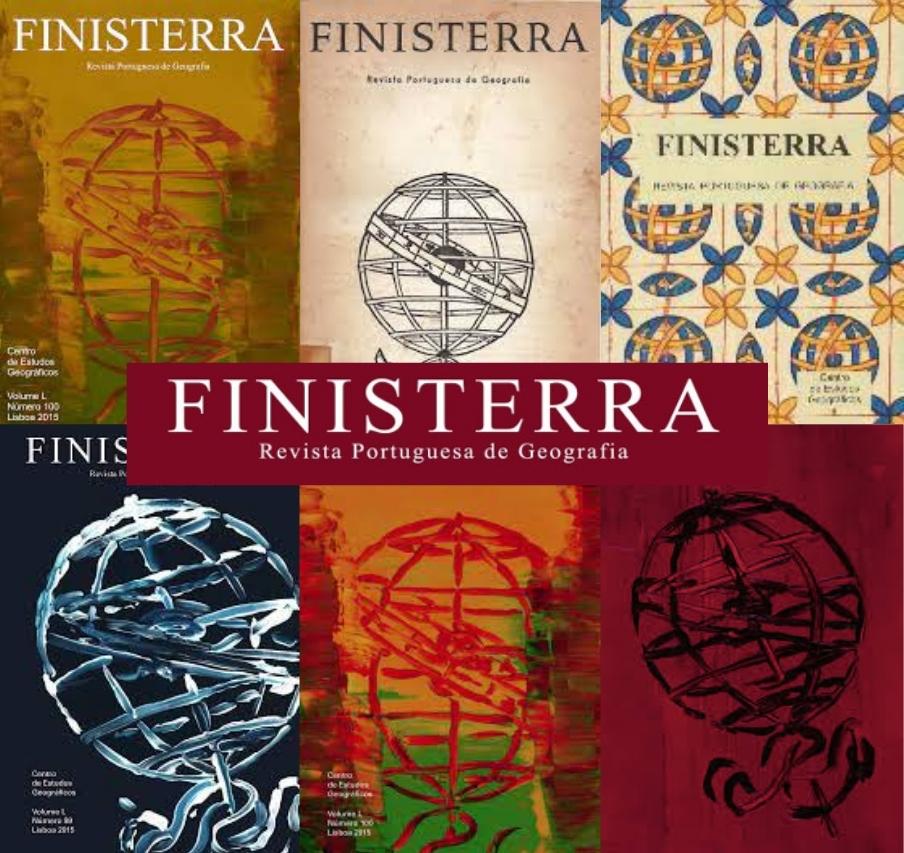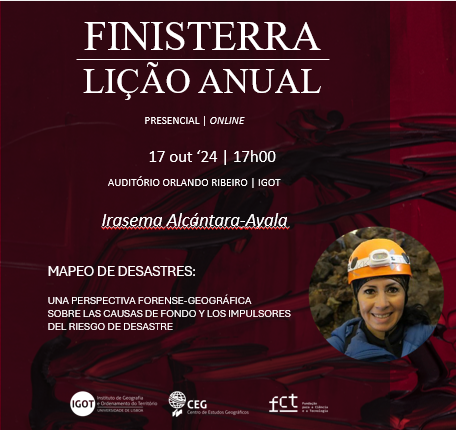Definição automática de áreas censitárias na freguesia de Algés
DOI:
https://doi.org/10.18055/Finis1577Abstract
AUTOMATIC STATISTICAL AREA DEFINITION IN ALGÉS PARISH. Portugal, along with many other countries, conducts a population census every 10 years. This way of counting the population offers a detailed photography of the country where many socio-economic variables are captured. In this study, it is assumed that census will be the way of population data collection and therefore the discussion deals with the issue of geographical aggregation of individuals and households enumerated. In this context, a methodological proposal for an automatic census area creation in the parish of Algés is described. The minimum geographic unit for completing the aggregations is the building since it was the smallest and stable unit for this purpose. The building layer was obtained in the municipal GIS of Oeiras and is based on large scale cartography (1:1000). Mainly, because the building layer is not contiguous, the study starts with the construction of a Thiessen polygon layer. This layer is drawn with the buildings layer centroids and having the master plan classes as barriers. The Thiessen polygon layer associated with the building attributes assumed a key role in this process and considering the range of possible data aggregation alternatives the zone boundaries are drawn concerning with some principles of consistence and homogeneity. To achieve a measurement of homogeneity for the statistical areas the variables used were the number of households, floors and type of building (residential, commercial, both). The automatic statistical area definition deals with the aggregation of the basic geographic units (Thiessen polygon layer), seeking for new optimized areas, considering the characteristics of the building and having a reference number of households around 100. To demonstrate the methodology used for the automatic statistical area definition, three simulation results are presented in this article.Downloads
Downloads
How to Cite
Issue
Section
License
-
The opinions expressed in the texts submitted to Finisterra are the sole responsibility of the authors.
-
Authors retain copyright and grant the journal the right of first publication, with the work simultaneously licensed under the Creative Commons Attribution License, which allows others to share the work with acknowledgement of its authorship and initial publication in this journal.
-
Authors commit to following the “Submission Guidelines” available on the RCAAP platform.
-
Whenever the text requires changes based on suggestions from Scientific Reviewers and/or the Executive Editorial Board, authors agree to accept and implement these changes as requested. If there are changes the authors disagree with, appropriate justifications must be provided on a case-by-case basis.
-
Reproduction of copyrighted material has been previously authorised.
-
The texts are original, unpublished, and have not been submitted to other journals.
Copyright
It is the responsibility of the authors to obtain authorisation to publish any material subject to copyright.
Editing Rights
Editing rights belong to the Centre for Geographical Studies of the Institute of Geography and Spatial Planning, University of Lisbon.
The editing of a text submitted to Finisterra for publication implies that it is an original.
Publication implies acceptance of the submission guidelines and compliance with authors’ responsibilities.
Publication Rights
All publication rights belong to the Centre for Geographical Studies, as the publisher of Finisterra.
Licence URL: CC Attribution – Non-Commercial – No Derivatives (BY-NC-ND).
Digital Preservation Policy
Finisterra uses the Open Journal Systems (OJS 3.2.1.4), a free and open-source software for journal management and publication, developed and distributed by the Public Knowledge Project (PKP) under the GNU General Public License. PKP is a multi-university initiative that develops open-source software and conducts research to improve the quality and reach of scholarly publishing. OJS includes the PKP PN plugin, a means of digitally preserving journal content in the PKP Preservation Network (PKP PN), which ensures long-term access to OJS journal content. PKP enables OJS journal publishers to preserve content in a decentralised and distributed manner. This ensures that, in the event a journal ceases publication or goes offline, continued access to articles and issues remains available (long-term preservation).
For more information, visit: https://pkp.sfu.ca/ojs/




_(2).jpg)

